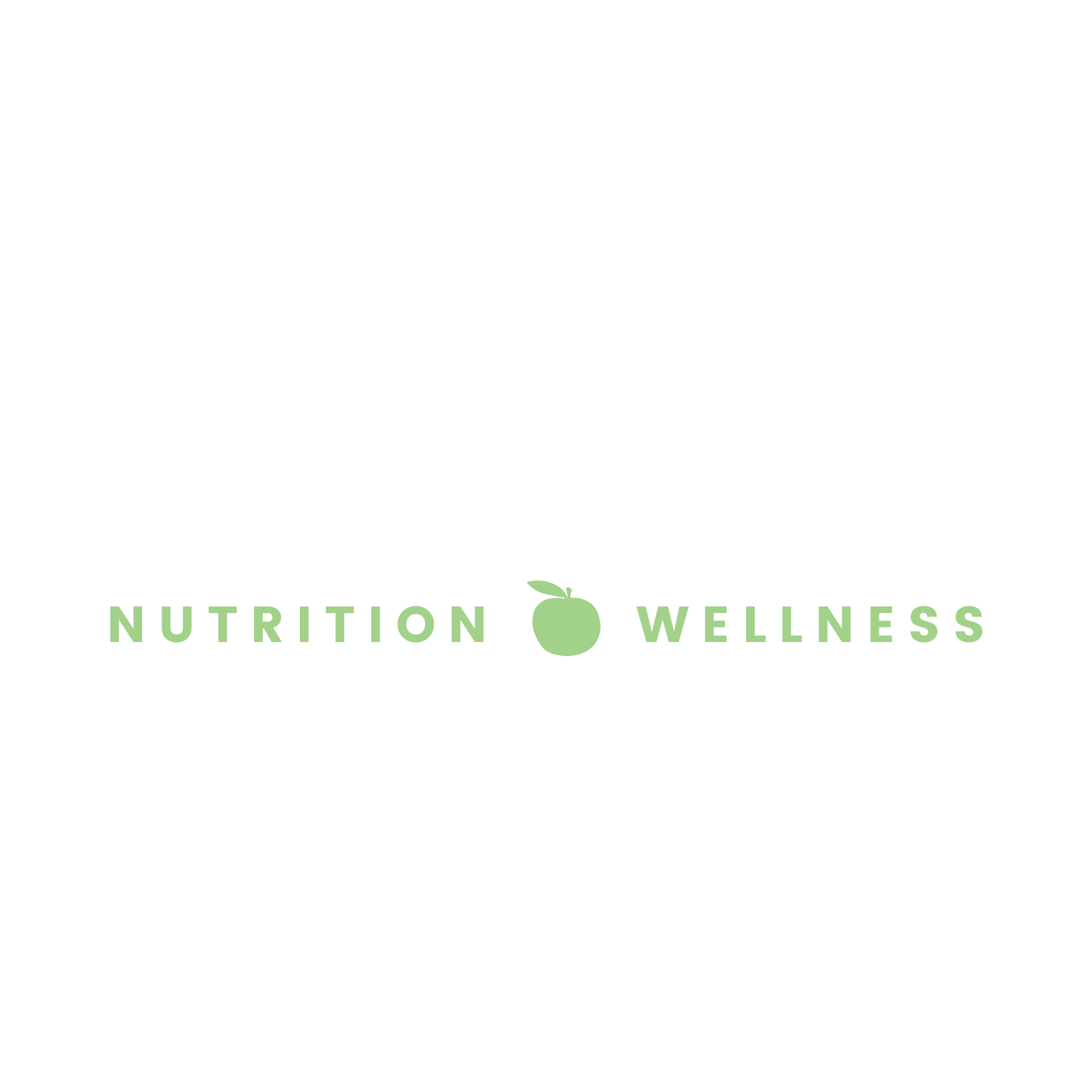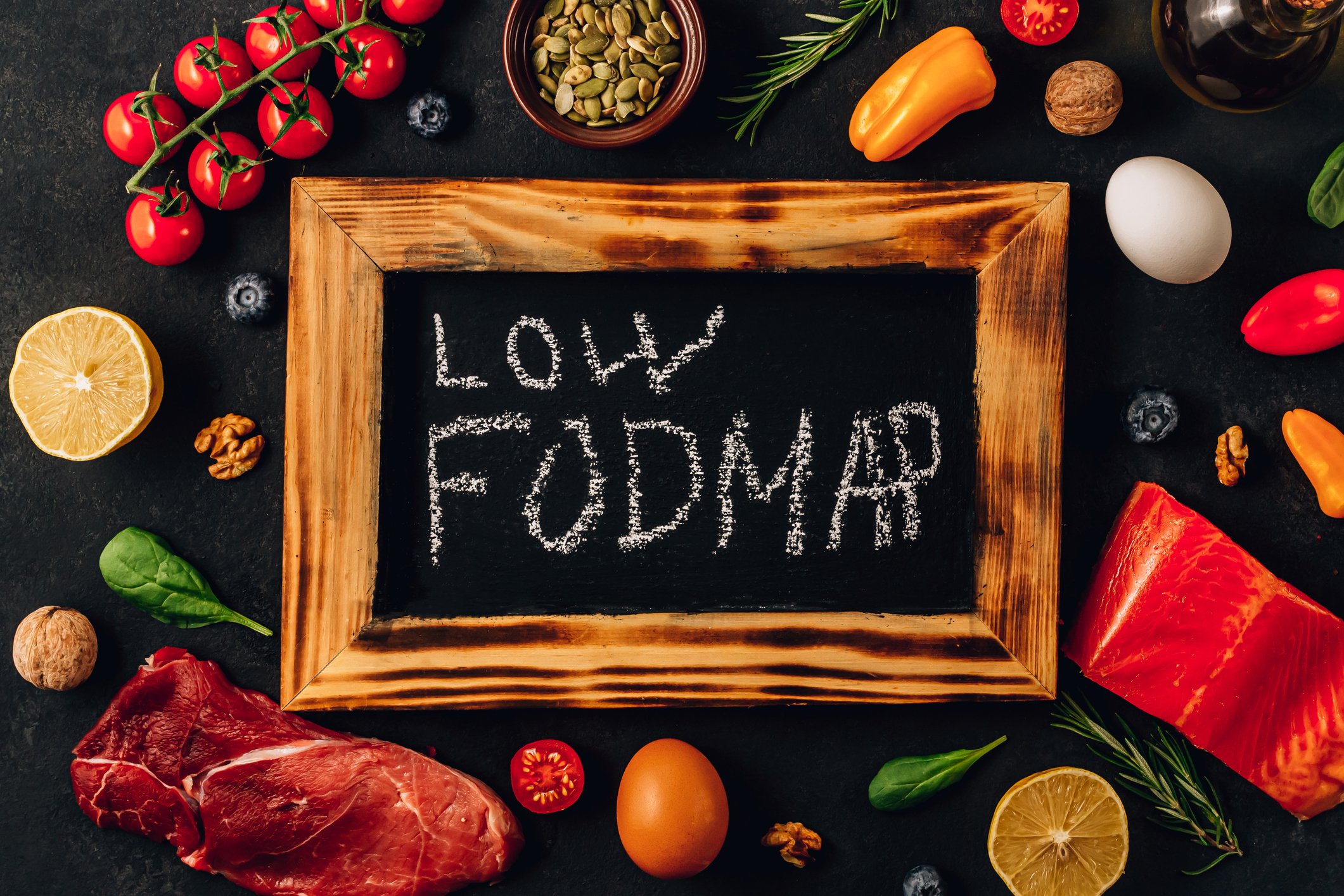Unlocking Gut Health: A Comprehensive Guide to the Low FODMAP Diet for IBS Relief
Have you heard of the low FODMAP diet? It seems to be gaining more attention these days. As a dietitian that is certified in the low FODMAP diet, I want to make sure that my audience understands what it is, whether it is right from them, and how to follow it healthily.
What is the low FODMAP diet?
The low FODMAP diet is a protocol used to manage irritable bowel syndrome symptoms. The purpose is to find the high FODMAP foods that are triggers, so that one can know how to maneuver through meals, while not flaring digestive symptoms. There are three phases to the diet: the elimination phase where the person eats only low fodmap foods; the reintroduction phase where the person reintroduces one fodmap group at a time to determine triggers; the maintenance or personalization phase, which considers the person’s food triggers as well as lifestyle and needs to balance symptom management with quality of life.
So you might be wondering, what are FODMAPs?
FODMAPs are short chain fermentable carbohydrates, types of carbohydrates that tend to be poorly absorbed or digested and end up in the large intestine where they are fermented by bacteria. FODMAP stands for Fermentable Oligosaccharides, Disaccharides, Monosaccharides, and Polyols. Each of these groups are further separated into the FODMAP subgroups you will see more commonly mentioned.
The oligosaccharide group consists of subgroups fructans (i.e. wheat, onion, garlic, some dried fruits) and galactooligosaccharides or GOS (lentils, chickpeas, almonds, and other legumes).
The disaccharide group has the subgroup lactose, which you most likely have heard of. High lactose foods are milk, yogurt, ice cream, and some cheeses.
The monosaccharide group has the subgroup fructose, of which high fructose foods are honey, mango, apples, grapes, and high fructose corn syrup. Note that this FODMAP group is not just foods that have fructose, as fructose is found in all fruit, but foods that are excessively high in fructose vs. glucose. Fructose is transported across the intestinal using a facilitative glucose transporter that works most effectively in the presence of glucose, therefore, if there is fructose present and out of proportion to glucose, it will not be absorbed.
The polyol group has the following subgroups to consider: high sorbitol foods (i.e. apples, avocados, blackberries), high mannitol foods (i.e. cauliflower, sweet potato, celery), and certain additives (i.e. xylitol, maltitol and isomalt).
The low FODMAP diet was first developed by Monash University in Melbourne, Australia and the university continues to research and test foods for the presence of FODMAPs. Their website has a ton of helpful information on the low FODMAP diet and the science behind it. I am linking an intro article here: https://www.monashfodmap.com/about-fodmap-and-ibs/.
How do FODMAPs trigger IBS symptoms?
Now that you know what the high FODMAP groups and foods are, you might be wondering why these affect patients with irritable bowel syndrome.
For those with or without IBS, FODMAPs act mostly the same, in that we cannot break them down and absorb them fully. Those with irritable bowel syndrome have a combination of issues, including altered motility (how food moves through our GI tract) and overly sensitive pain receptors within the walls of the intestine. They are basically primed to not be able to tolerate foods that are already poorly digested and absorbed. Because FODMAPs are poorly digested and absorbed, as they travel through the GI tract they attract water due to a process called osmosis (remember science class?), where water crosses the intestinal wall to an area of higher solute concentration. As the FODMAPs enter the large intestine, they become good food for microbes, which produce gas as a byproduct of fermentation. The combination of water being drawn in and gas production creates extended bowels, bloating, altered motility, and/or pain or discomfort in IBS patients.
The phases of the low FODMAP Diet
As I mentioned above, there are three phases to the low FODMAP diet. It is essential to understand this as many believe or are told that they should follow the elimination phase without mention of the other two phases, which can be more harmful than helpful. So let’s get into it…
The elimination phase:
The elimination phase is typically a 2-4 week phase wherein the patient removes all high FODMAP foods from their diet. I have mentioned some of the high FODMAP foods above, but that is just a small portion of the list. For instance stone fruits are typically high in the FODMAP sorbitol and asparagus is high in the FODMAP fructose. And with many foods, portion matters. For example, grapes are low FODMAP with a serving of less than 10 per meal, but once you eat 10 or above they become higher in fructose, and therefore more likely to cause triggers.
The other issue can be that the known FODMAP composition of foods is being continuously updated. This is due to a few different factors. The testing improves, but also the product changes year to year, due to varying growth conditions and the genetic modification of foods. Basically, as crops evolve and vary, so do the FODMAPs.
While the Monash website and app are very helpful tools to get you through the elimination phase, it can be very difficult without the help of a professional. FODMAP diet certified dietitians understand the complicated diet as well as stay up to date on the new science so that you can ensure you are following the diet correctly. They can also ensure that you meet nutrient requirements while on the elimination phase of the diet, as it is very restrictive and this can be hard to accomplish.
The reintroduction phase:
The reintroduction phase of the Low FODMAP diet takes about 6-8 weeks and consists of doing food “challenges” to test for tolerance. One FODMAP group is reintroduced at a time and only one food is chosen from each group. For instance during fructose reintroduction you would choose one high fructose food, such as honey, and reintroduce in increasing doses over the period of about 3 days. In between each reintroduction is a “washout” period, following a strictly low FODMAP for at least one day, so that there is no possible crossover between two FODMAP groups and potential triggers. During this reintroduction period it is essential to keep a food-symptom diary to understand which FODMAPS and at which serving sizes trigger symptoms.
Maintenance/Personalization phase:
The maintenance phase of the diet occurs once you have gone through all FODMAP challenges. It involves finding the fine balance between symptom management, quality of life, and allowance for flexibility in everyday life. This means having a strategy for various scenarios, such as going on trips or going to a birthday party, how to implement lifestyle strategies to reduce chances for flares, how to “save up” for a higher FODMAP meal, etc. It can also mean putting more emphasis on certain nutrients to prevent deficiencies. For example, if dairy is found to be a major trigger, eating other high calcium foods like kale, or potentially taking a supplement.
Do all people with IBS need to go on the low FODMAP diet?
Short answer, NO! Long answer, it depends and may not be realized until one has already started the low FODMAP diet. Taking a look at someone’s medical history, preexisting diet restrictions, current diet, lifestyle factors, mental health, etc. is crucial to deciphering whether someone is a good candidate for the low FODMAP diet.
For instance, if someone is already following a restrictive diet, such as a low histamine diet due to histamine intolerance or a low potassium diet due to kidney disease, they should not add further restrictions. This can put the patient at risk for nutrient deficiencies and significantly lower their quality of life. If a client has a history of an eating disorder, this would also be a contraindication for a low FODMAP diet. Even though the reasons for the elimination and restriction are different than with an eating disorder, the restrictive nature can trigger old habits and thought patterns.
There does not always have to be a severe precursor to warrant not going down the path of a low FODMAP diet. Sometimes it is because the patient’s triggers aren’t food related! If the person starts a low FODMAP diet and doesn’t note significant improvements within two weeks, they should stop completely and look at other possible root causes. Other times, by making changes to eating and lifestyle habits, like adjusting fiber intake and coping with stress, the person may find that their symptoms improve enough without having to start the low FODMAP diet.
Why is it important to reintroduce FODMAP groups?
Many patients who are diagnosed with IBS are under the misconception that you should eliminate all high FODMAP foods for good, and are even told to do so by doctors. This is false and can actually be more harmful than helpful for these types of people. This is because FODMAP foods are typically good for us and NEEDED in our diet!
Have you noticed that many high FODMAP foods are also high fiber? Black beans, blackberries, apples, brussels sprouts, whole grain bread, etc. These are foods that are really good for our gut health, under normal circumstances, as these high fiber foods help to feed our microbiome. This is important as it helps for our good bacteria to flourish and in return these microbes use this fuel to create really helpful byproducts (ex: butyrate), which lower inflammation and improve gut lining integrity.
In fact, studies show that there are alterations to the microbiome following a low FODMAP diet vs a regular more diverse diet. In one study, it was found that there were significantly lower concentrations of bifidobacteria, a largely studied beneficial bacteria found in the intestinal tract, after following the low FODMAP diet for 4 weeks. In another study, it was found that a low FODMAP diet created lower overall amounts of bacteria compared to a typical Australian diet after three weeks in both those with IBS and those without.
Therefore, it is crucial to follow the low FODMAP elimination phase no longer than 6 weeks. The reintroduction of FODMAP foods not only allows for more freedom with your diet, but in fact improves resilience to flares through the health of your microbiome.
So, should you start the low FODMAP diet?
Before you follow a low FODMAP diet, make sure that you have seen a gastrointestinal doctor and have been provided an IBS diagnosis. It is imperative that you check for potential red flags as IBS symptoms can overlap with more severe conditions such as Crohn’s and celiac disease. Once you have an official IBS diagnosis, the next step would be to consider if there are any medical or mental health issues that would contraindicate starting an elimination diet, as I mentioned above. This is why I highly recommend working with an IBS specialty dietitian who can guide you through potential root causes and individualize a protocol for YOU. If you decide to go forward with the low FODMAP diet, it can feel overwhelming and complicated. Having a dietitian guide you through the diet’s considerations and constant updates makes it much more likely that you will stick to the diet and do more efficiently and effectively.
If you feel like the low FODMAP diet might be a good fit for you and you are ready to feel better ASAP, head here to learn more about my gut health breakthrough program!


